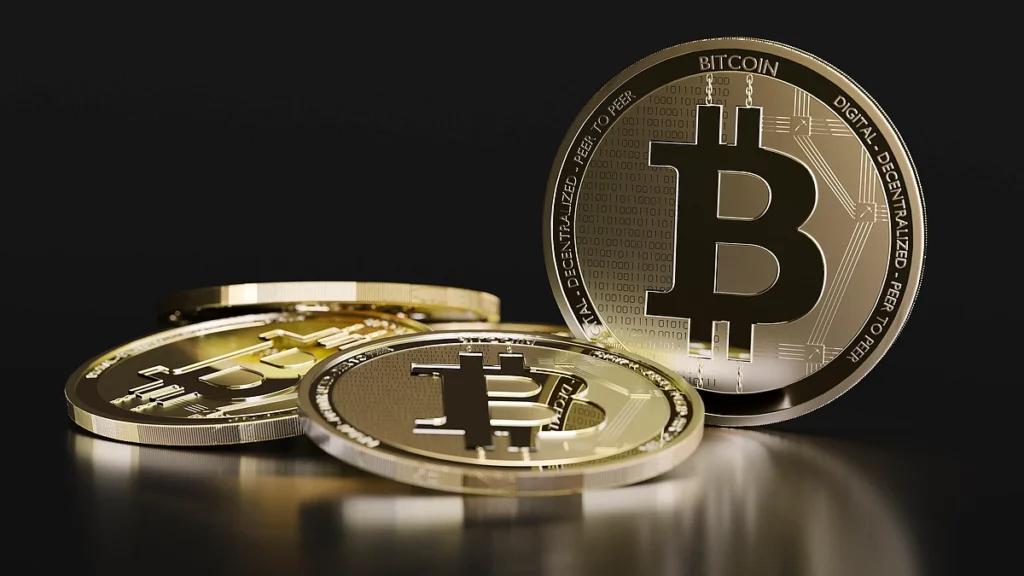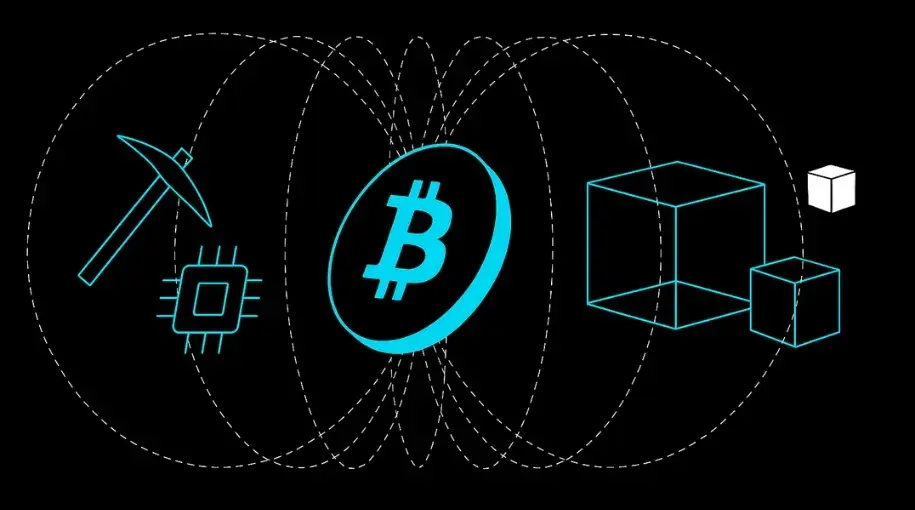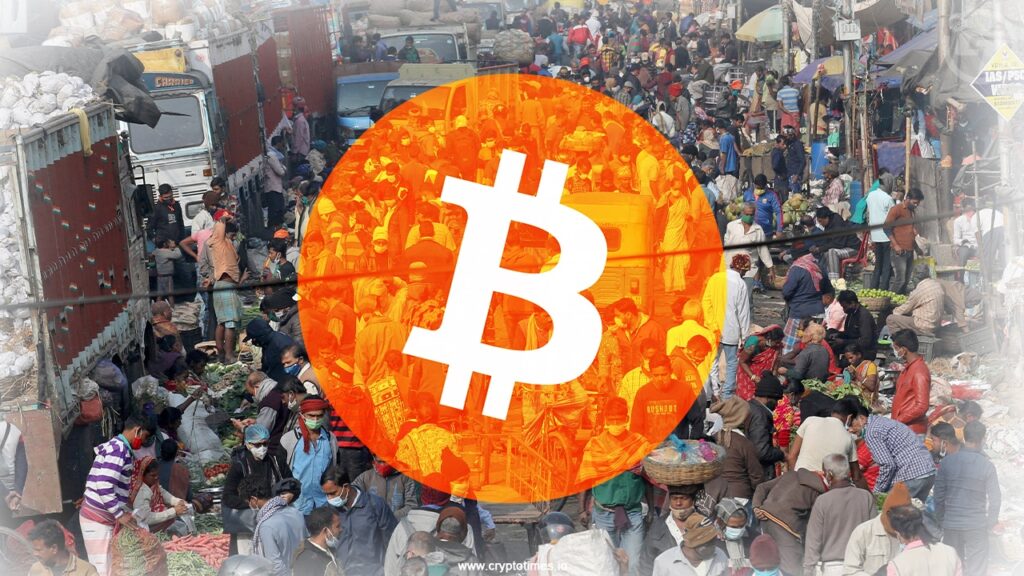Now Reading: Watch & Wait: Will India Follow U.S. Crypto Moves?
-
01
Watch & Wait: Will India Follow U.S. Crypto Moves?
Watch & Wait: Will India Follow U.S. Crypto Moves?

The United States has recently taken a significant step towards regulating digital currencies, creating a clearer framework for stablecoins and other crypto assets. This move is being closely observed by Indian policymakers, investors, and industry players. As India’s crypto market grows steadily—even in Tier-2 cities—the question remains whether the country will adopt similar measures or continue its cautious approach.
For the U.S., the new regulations aim to balance innovation with consumer protection, offering legitimacy to certain digital assets while ensuring oversight. In India, the crypto space currently operates under a tax-heavy regime, with a 30% tax on profits and a 1% TDS on transactions, but without a comprehensive legal framework. This leaves traders, especially in smaller cities like Indore, Nagpur, and Jaipur, uncertain about the long-term rules of the game.
Many Indian investors are hopeful that global developments could push the government towards clearer policies. A structured approach could help reduce the stigma surrounding digital assets, attract institutional participation, and protect retail investors from scams and market manipulation. On the other hand, regulators remain cautious, citing risks of money laundering, volatility, and misuse in the absence of strong domestic safeguards.
The growing interest from Tier-2 cities is another factor to consider. With better internet access and increased digital literacy, smaller towns are producing a new wave of retail crypto traders. For them, clear regulations could mean safer participation and more confidence in exploring new asset classes. However, hasty adoption without adequate safeguards could expose these investors to global market shocks.
For now, India’s strategy appears to be one of observation—studying how other economies implement crypto laws before committing to its own. Whether this watch-and-wait approach leads to better policy or causes the country to lag behind in innovation remains to be seen. One thing is certain: the decisions made in the coming years will shape how millions of Indians, from metros to Tier-2 cities, interact with the world of digital finance.

























